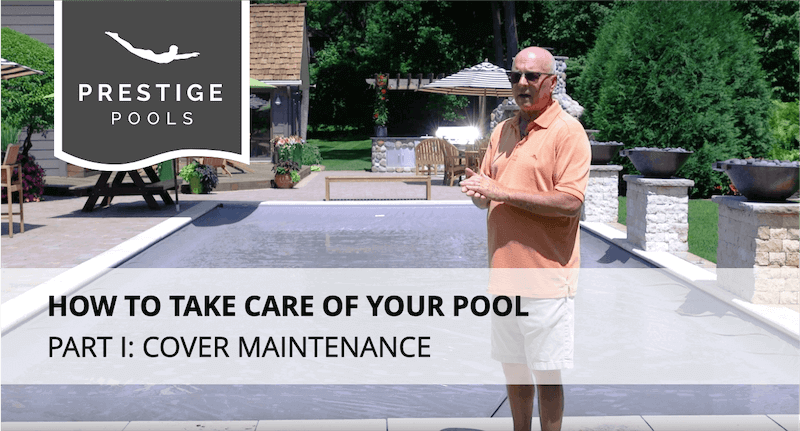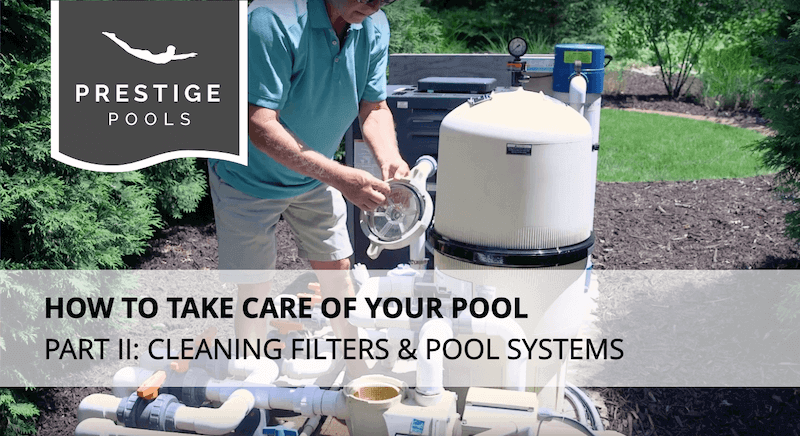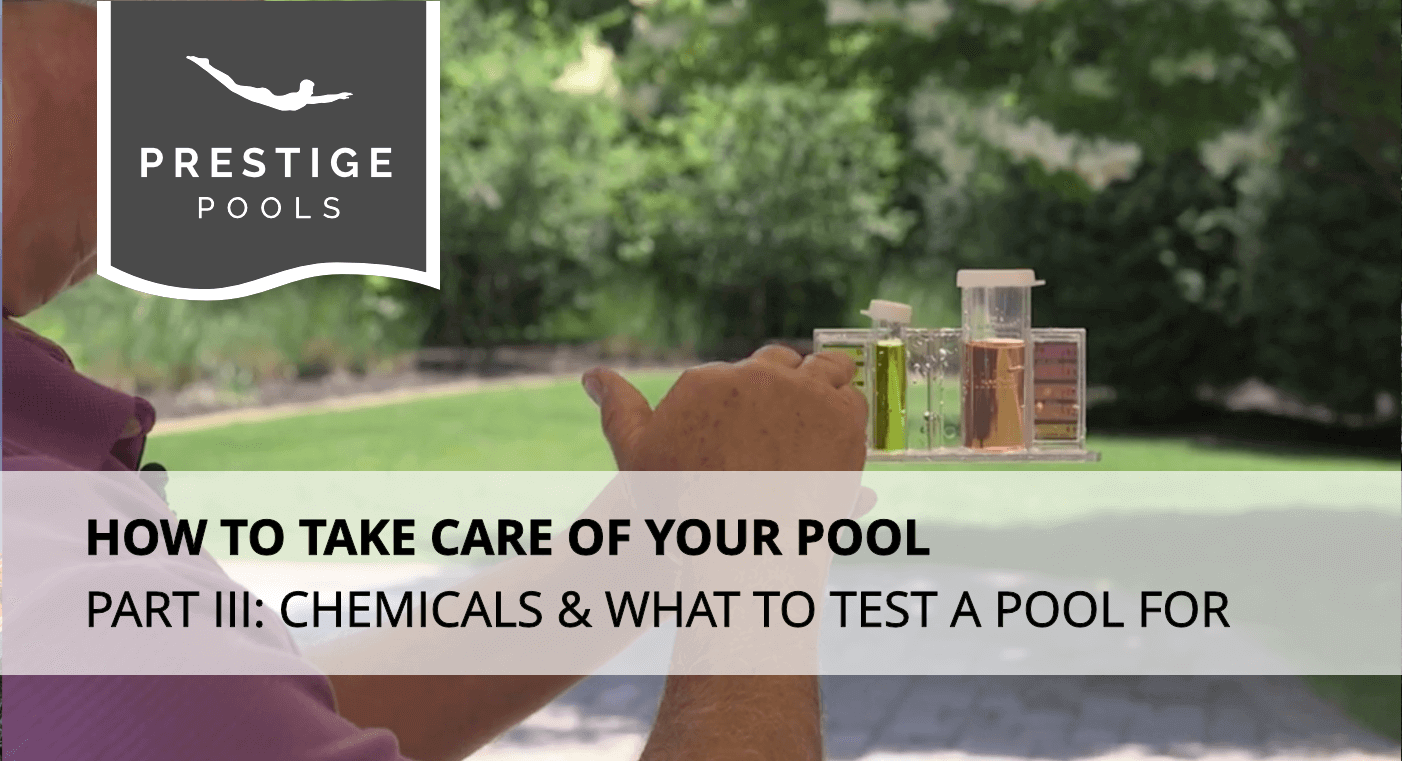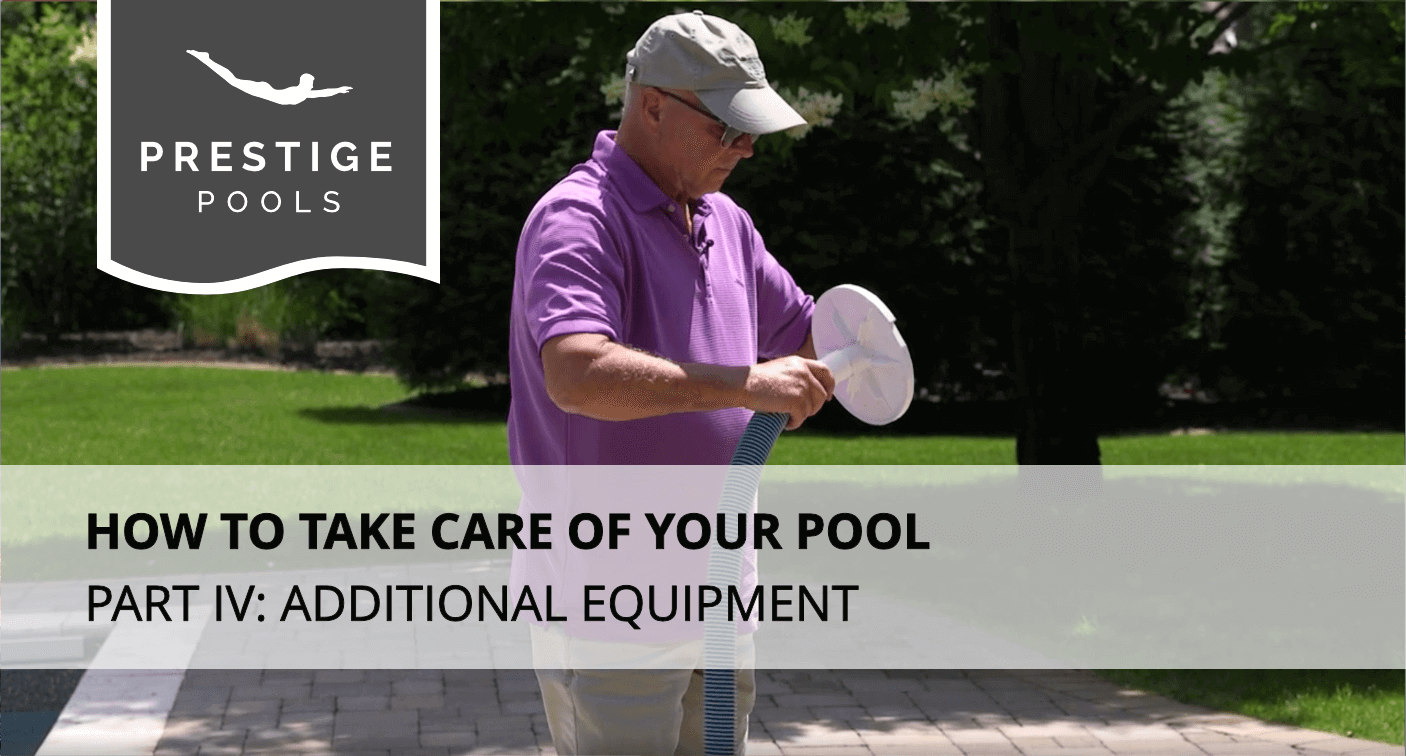Frequently Asked Questions – Custom Pools MN
In order to better serve you, educate you and perhaps help save you some money we have come up with a list of the most commonly asked questions we receive while we are on the phone. We have written out pool care tips to help solve situations regarding our Minnesota pools.
The technical questions listed below are things that you may have possibly overlooked, are relatively simple fixes that you can do. Or, the answers listed here will let you know that you’ve done all you can do and need to call our service providers out.
If, after reading our pool maintenance tips, or watching these videos, you are still having issues with your pool please don’t hesitate to call the shop or schedule a professional appointment at (651) 490-1399. Our technicians are known for their expert servicing of any and all types of swimming pools MN.
Get In Touch
Video Series: How to Take Care of Your Pool
General Pool Questions
The easiest and probably least efficient way is to set your cover pump or a sump pump on the top step in the pool and turn it on.
A quicker method is to drain the pool through the filter. If you have a cartridge filter, there is a white slice valve near the base. Attach your blue backwash hose to this valve and run the hose to where you prefer to dump the pool water (ie. the street).
While the pool pump is running, pull up on the valve handle. Water should start to rush through the blue hose. Keep a close eye on the pool water level because this method will empty the pool rather quickly.
To speed up this process, you can close the return valves which will in turn force more water through the blue backwash hose.
NO, you never want to fully drain a vinyl lined pool. The water in the pool is putting pressure on the liner to keep it in place. If you drain your pool and refill it the chances of your liner fitting like it used to or not having wrinkles in it are slim to none. This also voids the warranty.
The way you safely drain a vinyl lined pool is to get a tarp that is 10 feet wider then the pool on all sides. We sell them at the shop and would be happy to deliver one to you if you would like.
Put the tarp on top of the pool and a hose on top of the tarp. What you are going to do is start draining the pool under the tarp and filling the pool on top of the tarp at the same time.
The pool is going to drain faster than the hose is going to fill the pool so you need to keep an eye on it.
Once the tarp gets all the way to the bottom of the pool, pull the tarp out. You now have a swimming pool full of fresh water. Make sure you treat it accordingly.
It is good to get fresh water in the pool every 3-4 years. Fresh water is typically much easier to treat because it is not saturated with years of chemicals. Think back to your first two swimming seasons. Wasn’t the pool easy to take care of?
We recommend opening your pool as early as possible and closing it as late as possible. The longer a pool is open throughout a season the better it is for it.
Weather permitting, we typically start opening pools the second week in April. We would not recommend opening your pool any later than the third week in May. We typically start closing pools the first week in September and try to have all pools closed by Halloween. Depending on the weather, we would recommend closing your pool sometime between the last week in September and the second week in October.
It typically takes about 2 hours to drain a 20 x 40 pool to 1 inch below the return jets. Make sure to keep an eye on the pool. You don’t want to drain it too low.
First, check over by the equipment. Make sure there isn’t anything leaking or any water on the pad.
If the pad is dry, put a tape mark on the skimmer where the water level is, and check it in 24 hours.
You can take a bucket of water and place it on the first step of the pool. Mark the bucket where the water is inside of the bucket. Also mark the pool water on the outside of the bucket. If the water level in the pool goes down more than the water in the bucket, you have a leak, not evaporation.
You can swim to look for holes in the pool liner. Turn the pump off and let it sit for a minute.
Then, check around any faceplates and seams. Check around the stairs and high traffic areas. Use an old pH dropper from your test kit. Turn off the pool. Squeeze the red dye around any area underwater that may be suspect. If the dye streams out of the pool then water also is going out there. Patch the area with a patch kit.
Try to dry off the pad and look to see where the water is coming from.
If can or cannot locate a leak, call the shop.
If you do not see the city you live in listed above please call the shop and we would be more than happy to let you know what day we are in your area.
| Monday | Tuesday | Wednesday | Thursday | Friday |
|---|---|---|---|---|
|
|
|
|
|
We offer a variety of pool service options to best accommodate the customer. Please call the shop for pricing and to see which option suites you and your needs best.
Moss is a natural way to keep your pool balanced and looking great. With a moss system in place, your pool water will flow through sphagnum moss which pulls out contaminants that cause combined chlorine. Each month, you will add new moss and the water quality will continue to get better and better. The moss can drastically reduce your need for chemicals which will make the water much more comfortable and much more affordable to maintain. Moss systems work well in conjunction with salt systems.
Chemical Balancing
A normal shock for a swimming pool is 1 pound per 10,000 gallons of water. If your swimming pool has 30,000 gallons of water you will be using 3 pounds of granular chlorine to shock the pool. There are 2 cups in a pound. Our GLB scoop is 1/2 cup. 4 GLB scoops equal 1 pound.
- Check the chlorine level. Make sure the level is holding at a 3 ppm or higher. If it isn’t holding chlorine, shock the pool.
- Check the water flow back to the pool. You want to have good pressure. To check, kneel by the pool where a return jet is shooting water into the pool and dangle your arm by the jet. If the water flow is h3 enough to push your hand away, you have good pressure.
- Clean or backwash the filter. If the filters are dirty or it needs to be backwashed it is not efficiently filtering nor is it able to pull all of the particles out of the water.
Granular chlorine can be calcium, sodium, or lithium based.
Calcium based chlorine is the cheapest of the three. It is often referred to as “Cal Hypo” due to its chemical name Calcium Hypochlorite. It is alkaline and will therefore cause your pH to increase. The main drawback of calcium based chlorine is the calcium. There is a good chance that you already have hard water, so adding more calcium can cause scaling. Calcium based does not dissolve as easily in water as the other forms of chlorine and therefore needs to be premixed in a bucket before being dumped in your pool.
Sodium based chlorine is the most commonly used chlorine for pools. It dissolves rapidly, will not affect your calcium hardness levels, and does not cost much more than calcium based chlorine. It is acidic and will therefore lower your pH. It also contains “stabilizer” or cyanuric acid. High levels of stabilizer in a pool (above 150 ppm) will reduce the effectiveness of any chlorine that is added to the pool. This is called “Chlorine Lock” and the only way to get rid of the problem is to dilute the water by removing some old water and adding some new water. Lithium based chlorine is by far the best for your pool but is very expensive. It will not affect your pH much, it will not add calcium to your pool, it doesn’t have stabilizer, it dissolves rapidly, and it is still in a convenient granular form.
Liquid chlorine
Simply stated, it is ultra potent bleach. When you purchase bleach for your laundry, the chlorine content is usually around 0.5%. Liquid chlorine has a concentration of around 10%-15%. The advantages are that it is cheap, will not affect your pH much, doesn’t have stabilizer, doesn’t have calcium and mixes instantly with pool water. The disadvantages are that it can be dangerous if you get on yourself, can ruin your clothing, and doesn’t store very long.
FYI: 1gallon liquid chlorine = 1 lb granular chlorine (roughly)
Length x Width x 7.5 x 5
Standard Diving pool sizes:
18 x 36 is 25,000 gallons 20 x 40 is 30,000 gallons
20 x 44 is 33,000 gallons
Shock the pool with a normal shock. Check the chlorine level after three hours. If the pool is still not holding chlorine, Triple shock the pool and test the level in three hours. Repeat as necessary. If you have a salt system, turn the system to 100% in addition to using granular chlorine. When doing this, our goal is to get the chlorine level off the charts high i.e. the color of your chlorine when testing it should be a dark orange or red. Once you obtain this high level of chlorine you want to make sure to keep an eye on it. Continue to test your water daily for the next week. If you notice a drop in the chlorine level over night there is probably still something in the water eating the chlorine.
When you test your water at home with your test kit you want to take two readings. Your first reading should be taken within the first 10 seconds. This is your good, active, working chlorine also known as FREE chlorine.
Let the test sit for a 5 minutes and then take your second reading. This is your TOTAL chlorine in the pool. You want the test to look exactly the same for both readings. If the color is darker or your chlorine level is higher on your second reading than your first reading you are NOT holding chlorine and have combined chlorine.
TOTAL – FREE = COMBINED CHLORINE
“Combined Chlorine” or chloramines, form when active chlorine molecules chemically bonds to nitrogen molecules. Nitrogen is most commonly introduced to a pool by fertilizer (it contains nitrates). It is also introduced by human sweat and urine. So try to keep the kids from peeing in the pool.
You are going to want to put algaecide and a mineral sequestering agent in the pool to treat the water. The quantity of chemicals you put in depends on how much water you have added. If it is a completely fresh fill, we typically add about 3 quarts of a mineral treatment and 1 quart of algaecide. If there are a lot of minerals in your water you may want to add more mineral treatment.
DO NOT SHOCK THE POOL FOR AT LEAST 2 DAYS AFTER FILLING IT WITH FRESH WATER.
You must wait 3 hours to swim after adding chlorine to the pool. If you are using a non-chlorine shock such as Oxybrite you can swim right away.
If you are adding other chemicals such as pH increaser, alkalinity increaser, algaecide, etc. wait about 15 minutes before swimming.
You should be using 4oz-8oz of algaecide per 10,000 gallons of water weekly. If algae is present in the water you are going to use a full quart of algaecide and shock the pool heavily. Algae cannot live in water with high levels of chlorine.
We suggest doing a “bucket test”. What you do is take about a gallon bucket of water out of the pool and put a tablespoon or so of granular chlorine in the bucket. Give the bucket a little stir. If the bucket changes any color, typically a green or brown tint, it is too early to shock the pool.
Whatever happens in the bucket is a good indicator of what is going to happen to the water in the pool. Let the pool keep filtering the minerals out and do another bucket test in a day or two.
This process really just takes time. If you are on a time crunch, we do offer a service where we hook up a mobile filtering unit to your pool. What we are doing is putting a second filter on the pool to speed up the filtering process. Please feel free to call the shop for more details if you are interested in this option.
Pool Equipment
- Close all suction valves (lines coming in to the pump).
- Open all return valves (lines going back to the pool- after the heater).
- Fill the pump pot with water until it is overflowing.
- Turn the pump motor on.
- Gradually open the bottom drain valve.
- Slowly continue opening the valve until water is rushing in. If this does not happen within 5 minutes shut off the valve, turn off the motor and start over.
- When the drain line is flowing, slowly open a skimmer line. If the drain line flow starts to slow down turn off the skimmer and re-open it slowly.
- Repeat this step with the other skimmer if the pool has two skimmers.
If the heater has a digital display, it may read “PRS”. Check the water flow going back to the pool. If it is sluggish, either remove the cartridges from the filter (and put it back together- before you turn it on) or put your DE or Sand filter on re-circulate. This will bypass the filter and allow for greater water flow to the heater.
If your heater works after you do this, your cartridge or DE filters probably need to be cleaned or replaced. If you have a sand filter you may need to replace the top 2-3 inches of sand or do a complete sand change.
Also, make sure your water is at the correct level (second screw from the top on the skimmer faceplate).
The Polaris 380 pool cleaner should run over every inch of your pool liner including the steps and walls. If you notice that it has a tendency to stay only in one part of the pool such as the shallow end or the deep end you can try adjusting the jet in the back of the Polaris. This jet is normally in the 11 o’clock position but you can adjust it to get different results from the Polaris.
The Polaris pool cleaner works very well. If it isn’t doing what it is supposed to, give the shop a call and we will figure out the problem.
First question for you, how cold is the water? A Polaris does not like to run in cold water. If the pool water is below 70oF the Polaris usually does not run properly. You don’t have to heat the pool unless you want to in order to get the Polaris running properly. If the pool water is warm, there is a good chance that an internal component of the Polaris is plugged up. Feel free to bring the Polaris into the shop for a thorough inspection.
Check all of the GFCI outlets around your pool area to see if any are tripped. If so, reset the GFCI and try the light again. If you still have no luck, call the shop and we can assist you further.
You should be cleaning your cartridge filters at a minimum of once a month. The months where cottonwoods are falling you will probably need to clean your filters once every two weeks or as needed.
On your monthly cleanings you should be spraying the filters with a filter spray and then hosing them off. DO NOT USE A POWER WASHER ON YOUR FILTERS. Filter spray is going to help breakdown the oils, suntan lotion, etc. that otherwise cannot be rinsed out.
You can also keep an eye on the pressure to help you figure out when to clean the filters. If the pressure is higher than normal by 5 PSI then it is time to clean the filters.
We recommend having a second set of filters on hand so you can clean them when the time is convenient for you.
You should soak your filters once a season. The best time to do it is either at the beginning of the season or the end of the season.
The best way to clean your filters is to soak them in a product called Filter Cleanse by GLB. A set of 4 filter elements fits well in a 30 gallon trash bin. Set your 4 filter elements in the trash bin and fill the bin with water. 1 lb of Filter Cleanse is good for 5 gallons. Therefore you will need 6 lbs of Filter cleanse for the 30 gallon soak. Add the product to the trash bin. The solution will turn purple. Let the filters soak overnight.
Salt systems work on a principle known as electrolysis. A salt molecule is made up of a sodium atom and a chlorine atom. When salt water flows through a salt system cell, an electrical charge splits the molecule, therefore freeing up the chlorine atom to chlorinate your pool. Salt is much cheaper than chlorine.
The salt system does not generate below 50 degrees. Between 50- 60 degrees the system will generate at 20%. The system will generate at 100% above 60 degrees.
When “check cell” appears on your system the system is basically trying to make you aware of the cell. The check cell light comes on every 500 hours.
It is a good idea to take the cell off when this light appears and look down the barrel to see if there is any calcium build-up. If the plates are dirty, clean the cell.
To clear the “check cell” light you will either press the “plus” button to clear or hold the “diagnostic” button for 3 seconds depending on which system you have.
The salt cell is attached to the plumbing by your pool equipment.
With the pool equipment turned off, you can remove the cell by unscrewing the unions on either side of the cell. Visually inspect the cell by looking through it. You will notice a number of titanium plates that run down the axis of the cell. Calcium typically builds up on these plates over time due to the electric charge. Do not attempt to scrape the plates with an instrument, this will only scratch and damage them.
If you notice white deposits in-between the plates, this is calcium. Try to remove as much as possible by spraying a garden hose. If the calcium won’t come off, you can soak the turbo cell in a mixture of muriatic acid and water.
To soak the cell, you will need a 5 gallon bucket. Set the cell in the bucket with the cord hanging outside of the bucket. Fill the bucket with approximately 3-4 gallons of water. Add 1 gallon of muriatic acid. (ALWAYS add the water to the bucket first and then add the acid)
This typically depends on your water quality. If you have soft water, you may only need to clean the cell once a season. If you have very hard water, you may need to clean the cell every few weeks.
Auto Cover
Make sure to pump all the water off the cover, weight on the cover will not allow it to open or close. Do NOT run your cover with water on top of it.
Check under the lid to see if there is water on the cover in the box. If there is, remove it with a shop-vac or small pump. This is also known as “water in the pocket”. Be sure to check for this in the spring and after a heavy rainfall. Do not run your cover with water in the pocket. If you run the cover with water in the pocket you can break a rope on the cover.
Check the GFCI to ensure you are getting power to the cover. If the GFCI is tripped, the cover will not open or close, press reset. The GFCI is usually just like the outlet in the kitchen with the test and reset button.
Check the water level in the pool. Make sure it is at the normal operating level. If the water level is too low the cover will struggle to move. One of the most common ways auto cover ropes break is from running the cover with the water too low. It is too much pressure/ drag on the ropes.
Lift up the skimmer lid that is on your concrete deck. You will probably be able to notice a natural water line in the skimmer from minerals in the water. Fill the pool to that level. If you are still having trouble figuring out the correct level, fill the pool to about an inch above the middle of the skimmer.
SET A TIMER FOR YOURSELF – DO NOT OVERFILL THE POOL.
The only thing you can use on your auto cover to clean it is non-detergent bar soap or Ivory bar soap. Yes, only thing.
Stand at the motor end of your cover with a hose and push broom and clean the cover in about 3 ft sections. Roll the cover back as you go.
DO NOT USE A POWER WASHER ON YOUR COVER.
As you go you will notice water pooling in the cover. Use your cover pump to pump the water out. Do not to run the cover if there is a lot of water pooling up.
If your cover is running 1-2 inches off keep an eye on it, but it is not necessary to have our service crews out yet. Anything more than 2-3 inches off we recommend setting up an appointment to have our crews come look at it.
Please note:
Prestige Pools is not responsible for any injury or damaged equipment while using our guides. Using our guides is doing so at your own risk. These guides are suggested use of your pool equipment and may vary depending on which product you are using and your circumstances.



